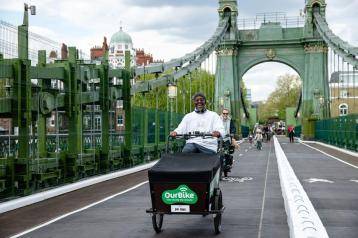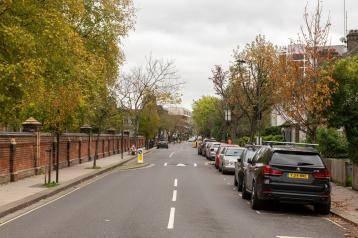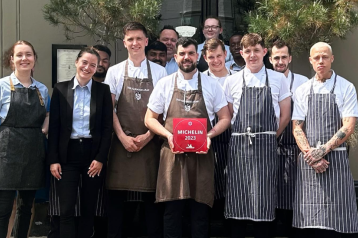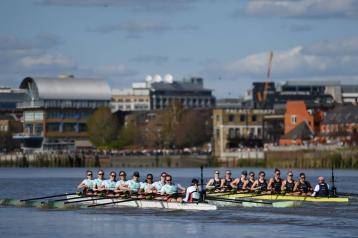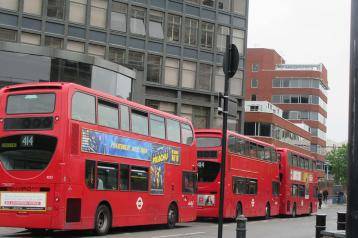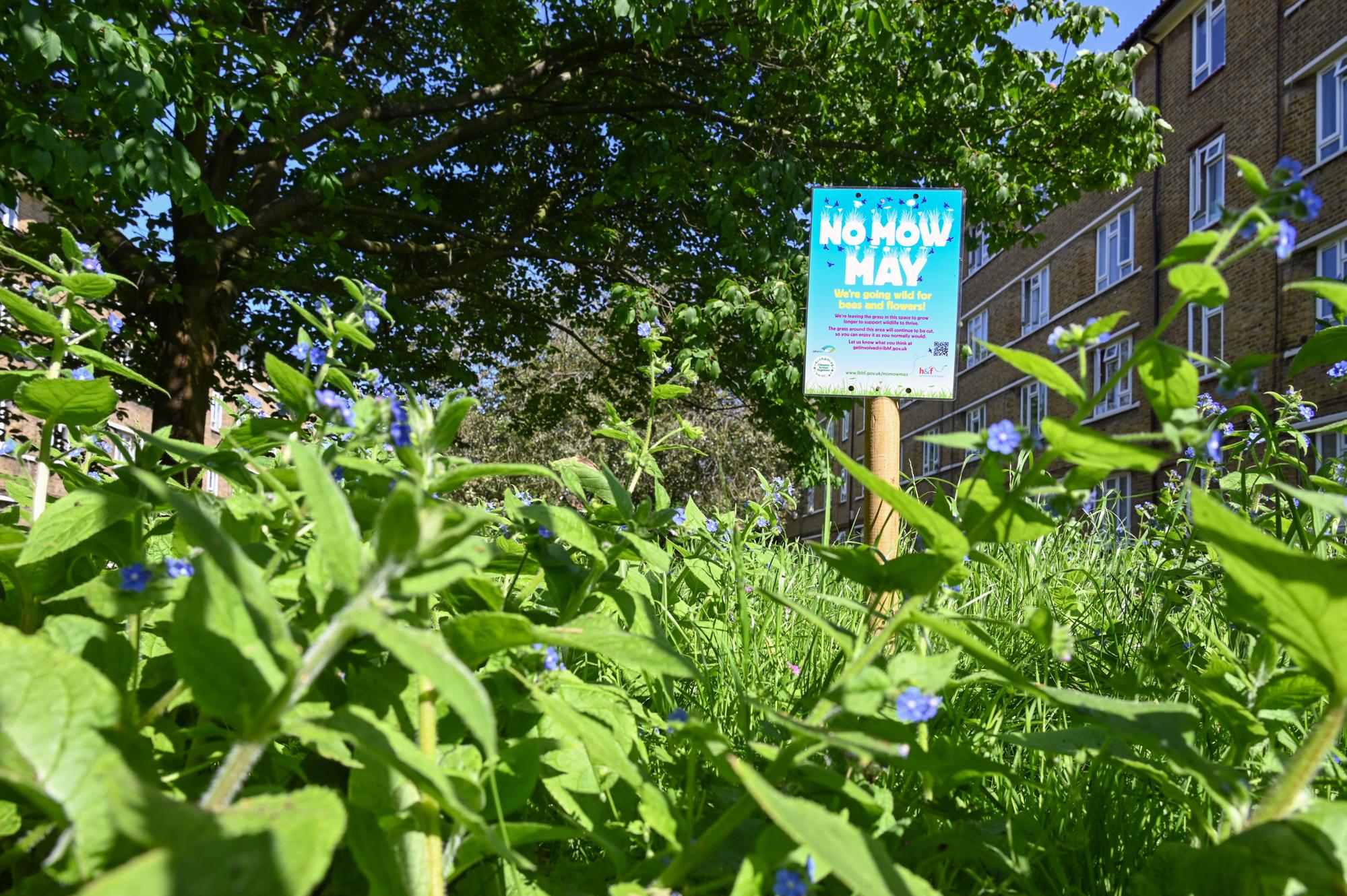
Aspen Gardens, W6
Thank you to everyone who is helping us make space for nature this No Mow May.
Hammersmith & Fulham is looking lush and lovely as we have left uncut more than 50 local parks, many housing estates and green spaces.
It makes a big difference to pollinators – such as bees and butterflies – who need nectar and pollen to survive and rely on wildflowers and long grasses to complete their life cycles.
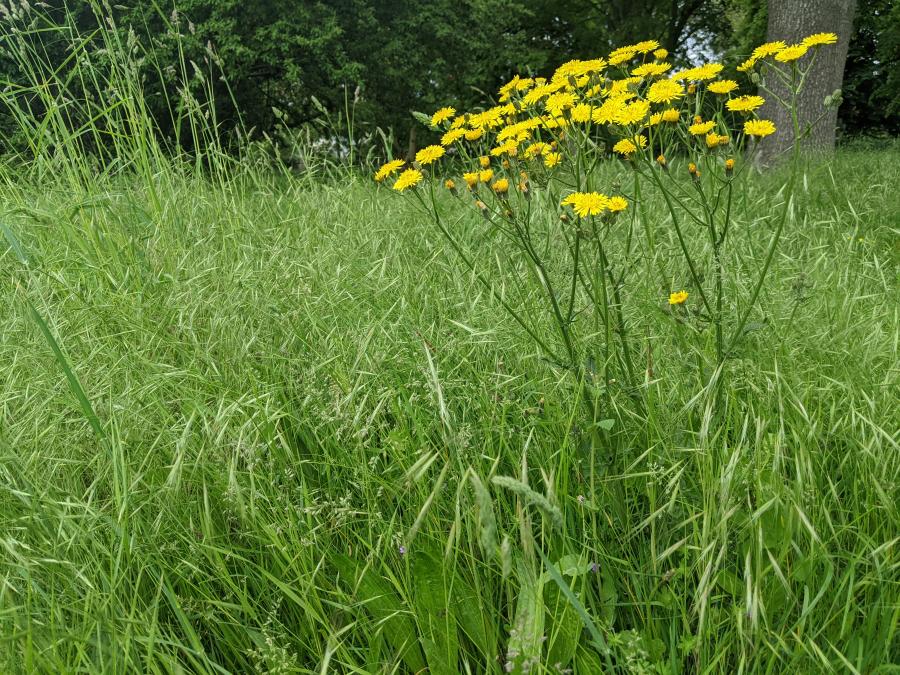
What now?
Do you want to help continue the boost for bees? We've asked experts for tips on how to become a 'No Mow Pro' beyond May.
"No Mow May doesn't mean never ever mowing," said Andrew Doyle from Plantlife, the charity who launched the No Mow May campaign five years ago. "Wildflower meadows do in fact need cutting."
Annual wildflower meadows are best cut in autumn to remove any dead flowers after they've had a chance to set seed. "Long-term change in mowing over consecutive years will see the greatest benefits for nature," said Andrew.
How long?
"We recommend a blended approach to lawn care throughout the year, including a mix of short and grassy patches," Andrew said. "Over time, more and more plants species will arrive if you give them a chance."
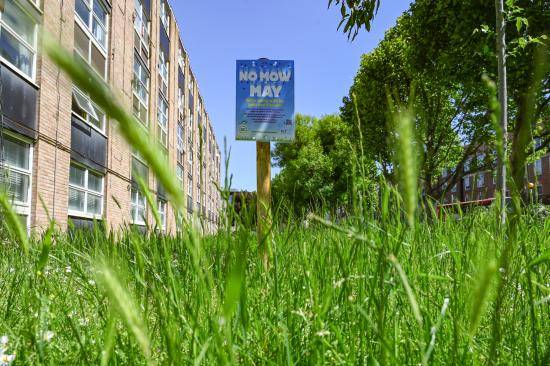
- Shorter grass – allows smaller plants such as daisies and bird's-foot-trefoil (also known as 'Eggs and Bacon) to flower, providing a fabulous food source for bees and butterflies.
- Mid-length 'meadow' areas – help taller-growing summer flowers to flourish such as meadow crane's-bill, musk mallow and purple knapweeds.
- Long grass – lets taller flowers like oxeye daisy and field scabious come into bloom. These long grasses provide a valuable food source, shelter and nesting site for many declining species in the UK, including hedgehogs.
Spotted one in your area?
Report them to the Institute for Zoology to help inform efforts to conserve London's hedgehog, fox and badger populations.
Share the joy
Want to show off your new wild areas at home or in your local area?
Send us your pictures on press.office@lbhf.gov.uk or tag us on Instagram or Twitter using the hashtag #NoMowMayHF23.
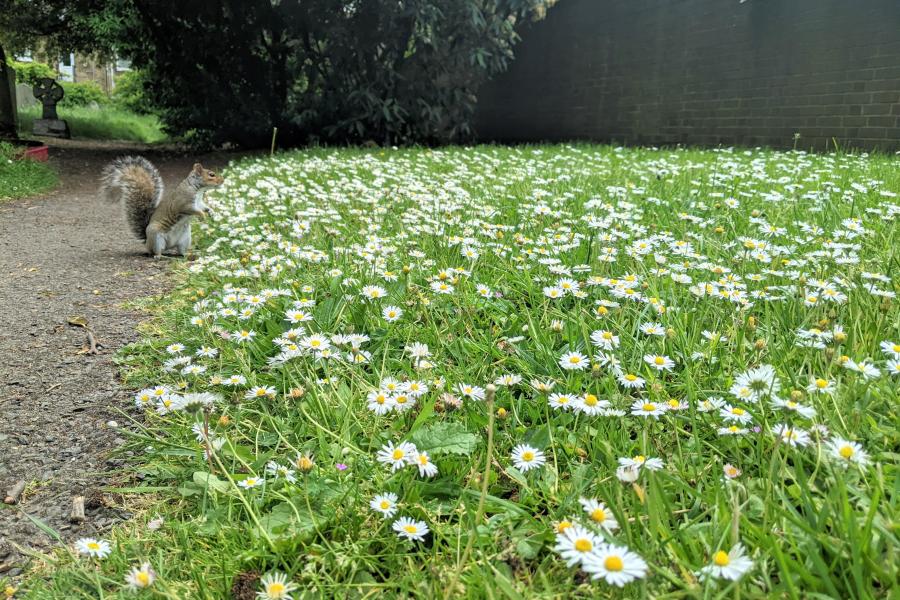
Want to read more news stories like this? Subscribe to Climate Connects
